The Pros and Cons of Flat Roofs
Flat roofs have been a popular choice for commercial buildings for decades, but their use in residential properties is also growing. Flat roofs offer a modern aesthetic and several practical benefits, but they also come with their own set of challenges. In this article, we’ll explore the pros and cons of flat roofs to help you determine if this roofing style is right for your home.
Advantages of Flat Roofs
1. Cost-Effective Installation: Flat roofs are generally less expensive to install compared to pitched roofs. The materials used are typically more affordable, and the installation process is simpler and quicker. This can result in significant savings, especially for larger structures.
2. Space Utilization: One of the most notable benefits of flat roofs is the additional usable space they provide. Homeowners can utilize the flat surface for various purposes, such as creating a rooftop garden, installing solar panels, or adding an outdoor living area. This added space can enhance the functionality of your home and increase its value.
3. Easier Maintenance and Access: Flat roofs offer easier access for maintenance and inspections. Without the steep slopes of traditional roofs, tasks like cleaning gutters, checking for damage, and making repairs can be done more safely and efficiently.
4. Modern Aesthetic: Flat roofs contribute to a sleek, contemporary look that can enhance the overall aesthetic of your home. This style is particularly popular in modern and minimalist architectural designs, giving your property a distinctive and stylish appearance.
5. Energy Efficiency: Flat roofs can be highly energy-efficient when properly insulated. They can support the installation of energy-efficient roofing materials and systems, such as cool roofs or green roofs, which can help reduce heating and cooling costs.
Disadvantages of Flat Roofs
1. Drainage Issues: One of the main drawbacks of flat roofs is their tendency to experience drainage problems. Unlike pitched roofs, flat roofs don’t naturally shed water, leading to potential pooling. Proper drainage systems, such as interior drains, scuppers, and gutters, are essential to prevent water accumulation and potential leaks.
2. Limited Lifespan: Flat roofs generally have a shorter lifespan compared to pitched roofs. The materials used in flat roofing, such as modified bitumen, EPDM rubber, or TPO, typically last between 15 to 30 years. Regular maintenance and prompt repairs are crucial to extending the lifespan of a flat roof.
3. Vulnerability to Weather: Flat roofs are more susceptible to weather-related damage, especially in regions with heavy rainfall or snowfall. Water pooling, ice dams, and debris accumulation can lead to leaks and structural issues. Ensuring proper insulation and weatherproofing is vital to protect your flat roof from the elements.
4. Insulation Challenges: Insulating a flat roof can be more challenging compared to pitched roofs. Without the natural airspace provided by an attic, flat roofs require effective insulation solutions to prevent heat loss in winter and heat gain in summer. High-quality insulation materials and professional installation are essential to maintain energy efficiency.
5. Higher Maintenance Requirements: Flat roofs may require more frequent maintenance compared to pitched roofs. Regular inspections, cleaning, and repairs are necessary to address potential issues promptly. Neglecting maintenance can lead to significant problems, including leaks, mold growth, and structural damage.
Key Considerations for Flat Roofs
1. Professional Installation: Hiring a professional roofing contractor with experience in flat roof installation is crucial. Proper installation techniques, high-quality materials, and a well-designed drainage system are essential to ensure the longevity and performance of your flat roof.
2. Regular Maintenance: Establishing a regular maintenance schedule is vital for flat roofs. Regular inspections, cleaning, and addressing minor issues promptly can prevent costly repairs and extend the lifespan of your roof.
3. Appropriate Roofing Materials: Selecting the right roofing material is key to the success of a flat roof. Consider factors such as climate, budget, and maintenance requirements when choosing materials like EPDM, TPO, PVC, or modified bitumen. Each material has its own advantages and suitability for different conditions.
4. Proper Drainage Systems: Ensuring proper drainage is critical for flat roofs. Install a well-designed drainage system that includes interior drains, scuppers, or gutters to prevent water pooling and potential leaks. Regularly check and clean these drainage systems to maintain their effectiveness.
Conclusion
Flat roofs offer several benefits, including cost-effective installation, additional usable space, and a modern aesthetic. However, they also come with challenges such as drainage issues, shorter lifespan, and higher maintenance requirements. By carefully considering the advantages and disadvantages and working with a professional roofing contractor, you can determine if a flat roof is the right choice for your home. Proper installation, regular maintenance, and appropriate materials will ensure that your flat roof provides lasting protection and functionality for years to come.
